I'm thrilled to say that I will be blogging all summer from the late-lit northern evenings of Montreal, where I will be hosted for two months by the
Canadian Centre for Architecture as part of their 2010
Visiting Scholars program.
 [Image: From the drawing instruments collection of the CCA, courtesy of the Canadian Centre for Architecture].
[Image: From the drawing instruments collection of the CCA, courtesy of the Canadian Centre for Architecture].For the most part, I will be writing about many of the items in the CCA's collection—films, models, photographs, manuscripts, architectural tools, and more—and, for good or for bad, publishing the results on the CCA's own website.
There is a truly mind-boggling amount of material to explore up there, from the archives of
Gordon Matta-Clark and
Cedric Price to a collection of antique
drawing instruments and
souvenir models, John Hejduk's
Bovisa sketches, photographic plates from
English India, Canadian
fire insurance maps, speculative proposals for
river lighthouses, massive archives of
stage set designs and dramatic scenography, and a beautiful manuscript copy of the
Plan of St. Petersburg, among far, far more than I could possibly mention in one post.
Konstantin Melnikov.
Aldo Rossi. Three airports by
Lloyd Wright. Travel sketches by
Louis Kahn.
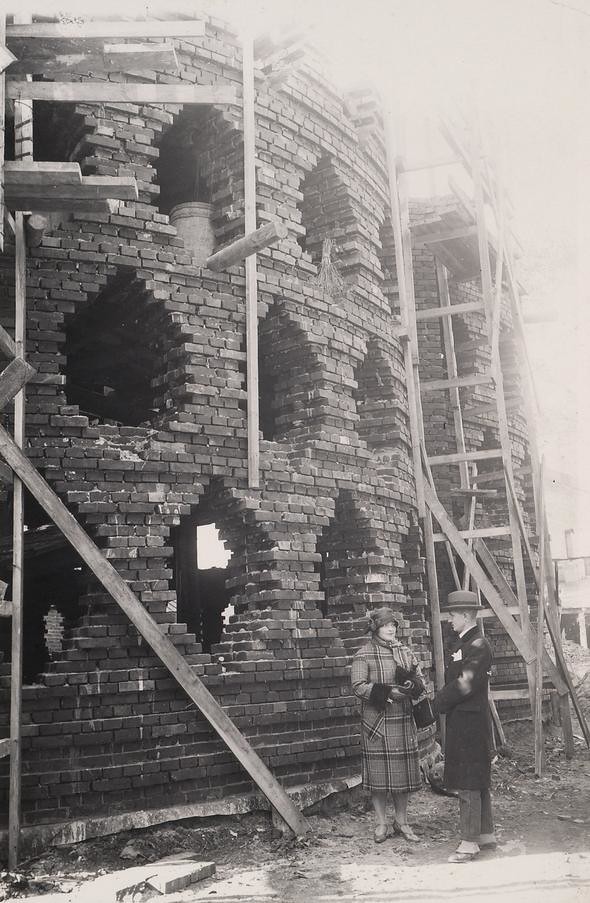 [Image: "Unknown photographer. Konstantin Melnikov (1890-1974) and his wife stand before their house" (1927); courtesy of the Canadian Centre for Architecture].
[Image: "Unknown photographer. Konstantin Melnikov (1890-1974) and his wife stand before their house" (1927); courtesy of the Canadian Centre for Architecture].The overall idea is something that I've been calling "Bloggers in the Archive," a program I'm starting with myself as a guinea pig, and that I would love to bring to other institutions elsewhere in the future.
In other words, there are architectural and design archives all over the world, full of astonishing things, but these same collections are often unexplored in their entirety, even by members of the institutions that have collected them. Even more commonly, many of these global collections are open only to scholars who stop by once every five or six years—if that often—to write niche monographs or academic publications about specific aspects of an archive's contents.
But what if you could install an architecture blogger—or a film blogger, a food blogger, an archaeology blogger, a fiction blogger—in an overlooked archive somewhere, anywhere in the world, and thus help to reveal those items to the general public?
 [Image: From Scenes of the World to Come: European Architecture and the American Challenge, 1893-1960 at the CCA; courtesy of the Canadian Centre for Architecture].
[Image: From Scenes of the World to Come: European Architecture and the American Challenge, 1893-1960 at the CCA; courtesy of the Canadian Centre for Architecture].Why not put
Archidose up at the National Building Museum, for instance, or
Frank Jacobs in the UN's
Dag Hammarskjold Library,
Colleen Morgan at the
National Archaeological Museum in Athens, or even give
Clastic Detritus a guest residency at the central archives of the
USGS?
Maud Newton, temporary blogger-in-residence at the
British Library.
Call all of it part of "Bloggers in the Archive," and suddenly collections all over the world are being appreciated and seen by more than the five professors who have been deemed qualified enough to explore a specific phase in architecture, design, or landscape history. Put
Tim Maly up at the
Reuleaux Collection of Mechanisms and Machines for two weeks, or
Bruce Sterling at the
National Science Foundation.
After all, are academic essays the only textual form appropriate for archival exploration, or does the relatively ad hoc, point-and-shoot blog post, motivated less by scholarly expertise than by curiosity and personal enthusiasm, also have something valuable to offer? Somewhere between front-line archival reportage, historical research, and what we might call popular outreach.
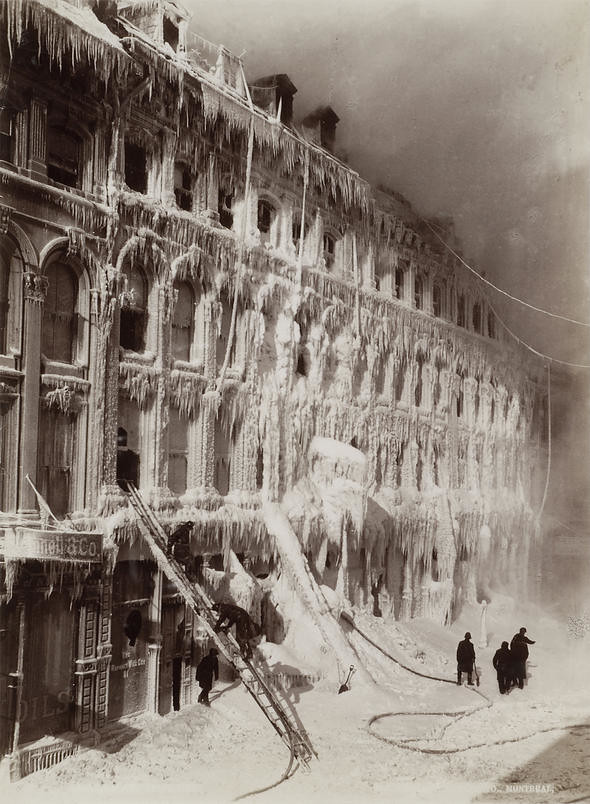 [Image: "William Notman & Son, Building encased in ice after a fire, 65-83 Little St. James Street, Montreal" (1888); courtesy of the Canadian Centre for Architecture].
[Image: "William Notman & Son, Building encased in ice after a fire, 65-83 Little St. James Street, Montreal" (1888); courtesy of the Canadian Centre for Architecture].In any case, in addition to surrounding myself with the CCA's seemingly endless collections—international
expositions and fairs!
winter festivals!
fortified cities in colonial North America!
Roman archaeology!—I also hope to find time to explore the landscapes around Québec (including the megascale
hydroelectric stations peppered throughout the province's subarctic forests, such as
MANIC-5—leading me to wonder if Hydro-Québec has ever been the subject of a minor architectural retrospective, and, if not, if
Pruned could perhaps be hired to curate one...).
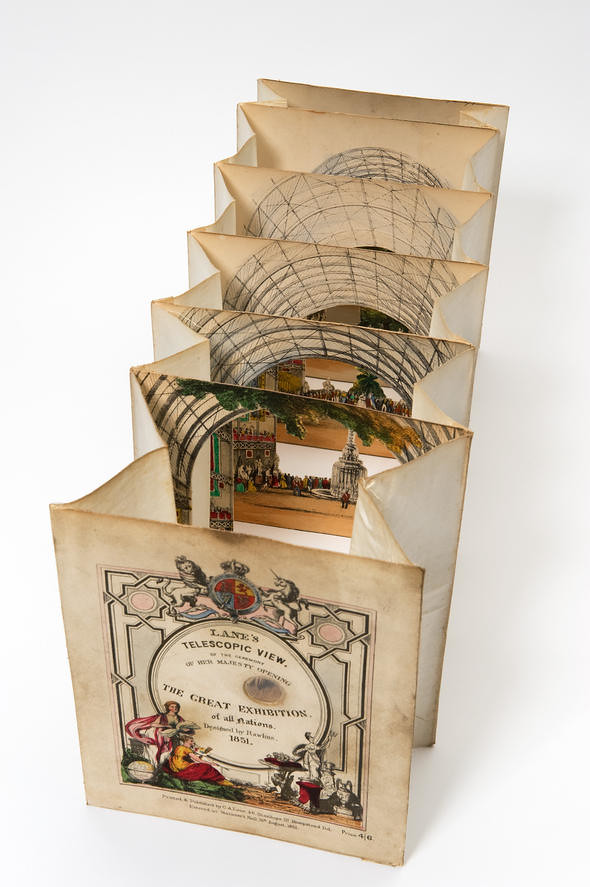 [Image: A "telescopic" book from the Great Exhibition in London (1851); courtesy of the Canadian Centre for Architecture].
[Image: A "telescopic" book from the Great Exhibition in London (1851); courtesy of the Canadian Centre for Architecture].So stay tuned for regular posts beginning late next week from Montreal—and also watch for updates on the
CCA's website (I'll have specific info on exactly where my posts for the CCA will appear soon). And, of course, huge thanks to the CCA for making this summer possible!
 Happy Decoration day / Memorial Day! Don't forget to remember your passed loved ones and those who have so bravely fought for our freedoms.
Happy Decoration day / Memorial Day! Don't forget to remember your passed loved ones and those who have so bravely fought for our freedoms.  I decided last minute to stay in town and because of the hot weather have been nesting. Lilies from the Dupont farmers market.
I decided last minute to stay in town and because of the hot weather have been nesting. Lilies from the Dupont farmers market.

 [Image: From the
[Image: From the  [Image: "Unknown photographer.
[Image: "Unknown photographer.  [Image: From
[Image: From  [Image: "
[Image: " [Image: A
[Image: A 






 Every 1 to 3 years, the installation will be changed out, but I hope this one remains longer rather than not. Even the signage for Saint Phalle is fun!
Every 1 to 3 years, the installation will be changed out, but I hope this one remains longer rather than not. Even the signage for Saint Phalle is fun! Do you have a favorite local statue or exhibit to bring a smile to your face everyday? I would love to hear about it!
Do you have a favorite local statue or exhibit to bring a smile to your face everyday? I would love to hear about it!













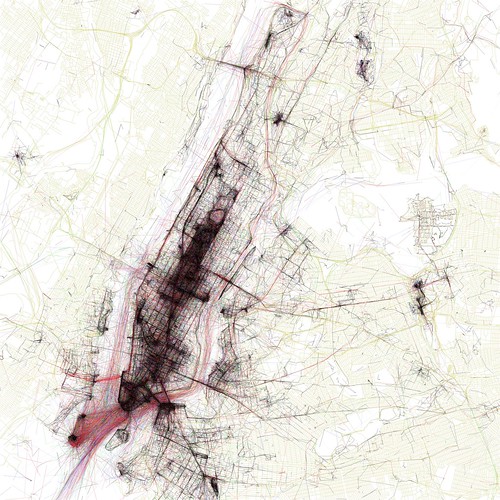






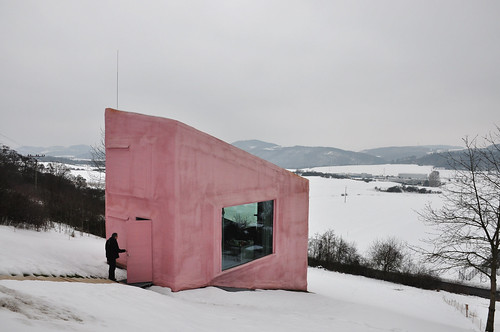
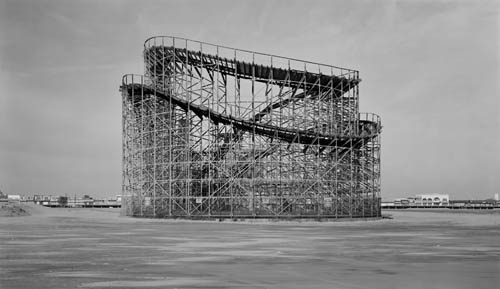 [Image: A
[Image: A 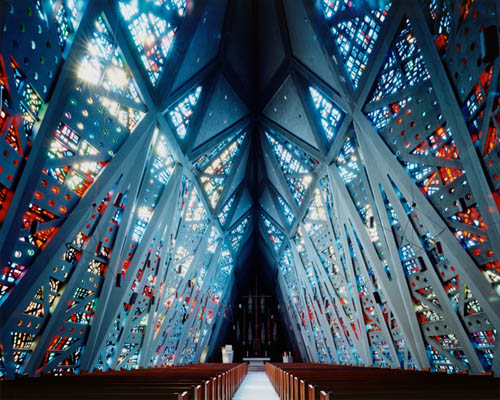 [Image: Photo by
[Image: Photo by  [Image: Photo by
[Image: Photo by 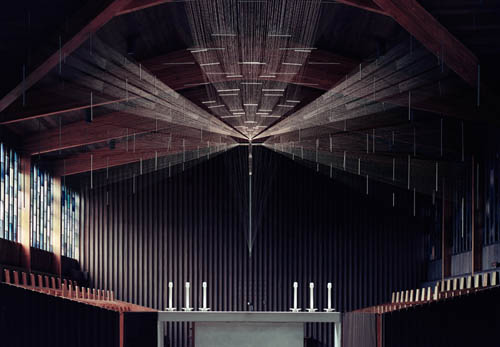 [Image: Photo by
[Image: Photo by 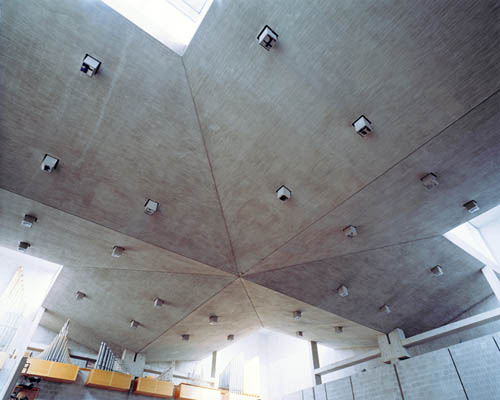 [Image: Photo by
[Image: Photo by 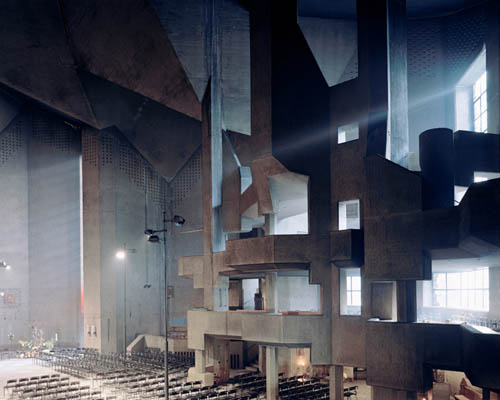 [Image: Photo by
[Image: Photo by 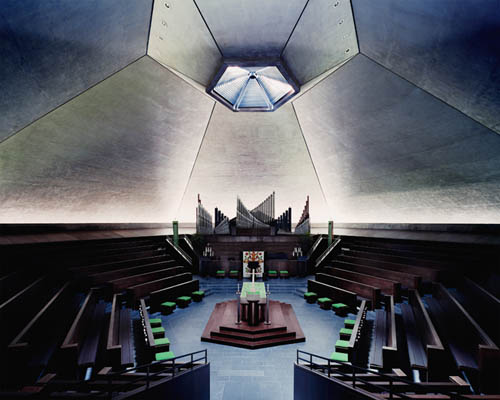 [Image: Photo by
[Image: Photo by 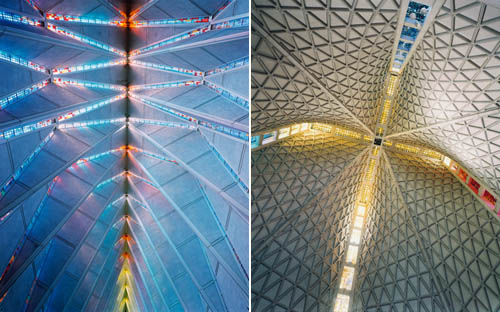 [Image: Photo by
[Image: Photo by  One of the grandest monuments in DC which dominates the skyline is the
One of the grandest monuments in DC which dominates the skyline is the  The idea was rooted in Pierre L'Enfant's 1791 plan of DC for the need of a church of national significance. It wasn't until 1907 that construction began (with President Theodore Roosevelt presiding the foundation laying ceremony) and the Cathedral was officially 'finished' in 1990 with President George H W Bush in attendance. It has indeed been of national importance as it has been host to numerous state funerals and memorial services.
The idea was rooted in Pierre L'Enfant's 1791 plan of DC for the need of a church of national significance. It wasn't until 1907 that construction began (with President Theodore Roosevelt presiding the foundation laying ceremony) and the Cathedral was officially 'finished' in 1990 with President George H W Bush in attendance. It has indeed been of national importance as it has been host to numerous state funerals and memorial services. The original architect was Frederick Bodley, a well-known English architect, who was replaced upon his death after WWI with Philip Hubert Frohman - who developed and expanded upon the original plans. Much like it's predecessors, the great European middle age cathedrals, the style is primarily gothic. However, the difference lies in the fact that while the churches in Europe were built over centuries (explaining their varied styles throughout the buildings), the national cathedral was purposefully built as a 'hodgepodge' to appear like the precedents: So a 'fake' evolved style if you will. It makes it all the more interesting!
The original architect was Frederick Bodley, a well-known English architect, who was replaced upon his death after WWI with Philip Hubert Frohman - who developed and expanded upon the original plans. Much like it's predecessors, the great European middle age cathedrals, the style is primarily gothic. However, the difference lies in the fact that while the churches in Europe were built over centuries (explaining their varied styles throughout the buildings), the national cathedral was purposefully built as a 'hodgepodge' to appear like the precedents: So a 'fake' evolved style if you will. It makes it all the more interesting! What I love most about the building though is that while it is rooted in the gothic cathedral tradition, there is a lot of our modern world at play. Many of the stained glass windows and sculptures depict our modern age: robots, space travel and even Darth Vader!
What I love most about the building though is that while it is rooted in the gothic cathedral tradition, there is a lot of our modern world at play. Many of the stained glass windows and sculptures depict our modern age: robots, space travel and even Darth Vader! The National Cathedral is, to me, an Opera of a building. By that I mean it combines all the arts into one package: secular and religious, modern and antique, embroidery, stained glass, architecture, sculpture, gardens, painting. You name it, they have it. Not to mention the views of the city!
The National Cathedral is, to me, an Opera of a building. By that I mean it combines all the arts into one package: secular and religious, modern and antique, embroidery, stained glass, architecture, sculpture, gardens, painting. You name it, they have it. Not to mention the views of the city! Now for some of the delicious details. The one side transept (I forget which and both are different) has this beautiful blue ceiling. I love the juxtoposition of patterns! In the pictures above, you almost sense the scale of the space, ENORMOUS. I love the groin vaulting in the ceiling and the way the stained glass adds so much color to the Indiana Limestone interior.
Now for some of the delicious details. The one side transept (I forget which and both are different) has this beautiful blue ceiling. I love the juxtoposition of patterns! In the pictures above, you almost sense the scale of the space, ENORMOUS. I love the groin vaulting in the ceiling and the way the stained glass adds so much color to the Indiana Limestone interior. Like all good gothic cathedrals, here are the flying buttresses behind the rear chapel.
Like all good gothic cathedrals, here are the flying buttresses behind the rear chapel. I loved the adjoining buildings of the cathedral school - like an old English country manor!
I loved the adjoining buildings of the cathedral school - like an old English country manor! The basement level is of course a bit gloomy, but full of as many details and workmanship as the rest of the cathedral. I loved this view looking up the stairs into the main church.
The basement level is of course a bit gloomy, but full of as many details and workmanship as the rest of the cathedral. I loved this view looking up the stairs into the main church. In this capital on the outside, you see a bit of the modern 'edge' - a robot amongst the figures!
In this capital on the outside, you see a bit of the modern 'edge' - a robot amongst the figures! As our national cathedral, much of our countries history is depicted. This statue of Abraham Lincoln rests in the front of the nave.
As our national cathedral, much of our countries history is depicted. This statue of Abraham Lincoln rests in the front of the nave. Above one of the interior front doors is Eleanor Roosevelt among some others who are celebrated for their good work.
Above one of the interior front doors is Eleanor Roosevelt among some others who are celebrated for their good work. I loved this modern iron gate down in the basement. The handle is a large iron hummingbird.
I loved this modern iron gate down in the basement. The handle is a large iron hummingbird. The craftsmanship of everything in the building is breathtaking. Even this simple handrail is so elegant.
The craftsmanship of everything in the building is breathtaking. Even this simple handrail is so elegant.  Thousands of hand embroidered cushions fill the space -each one amazing in its' own right. This one fits with the space travel themed stained glass windows.
Thousands of hand embroidered cushions fill the space -each one amazing in its' own right. This one fits with the space travel themed stained glass windows.